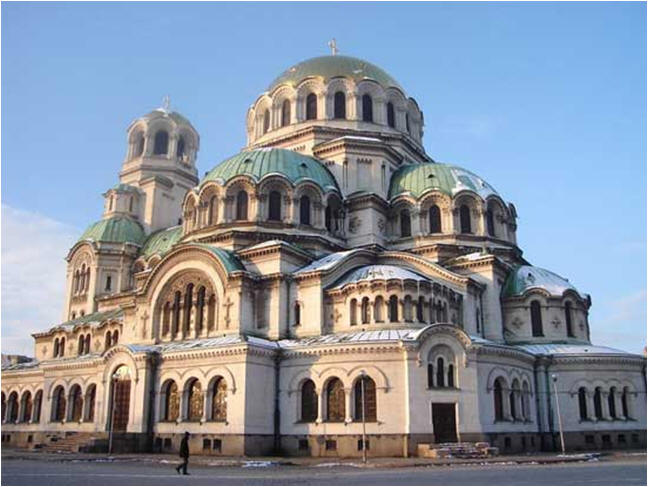
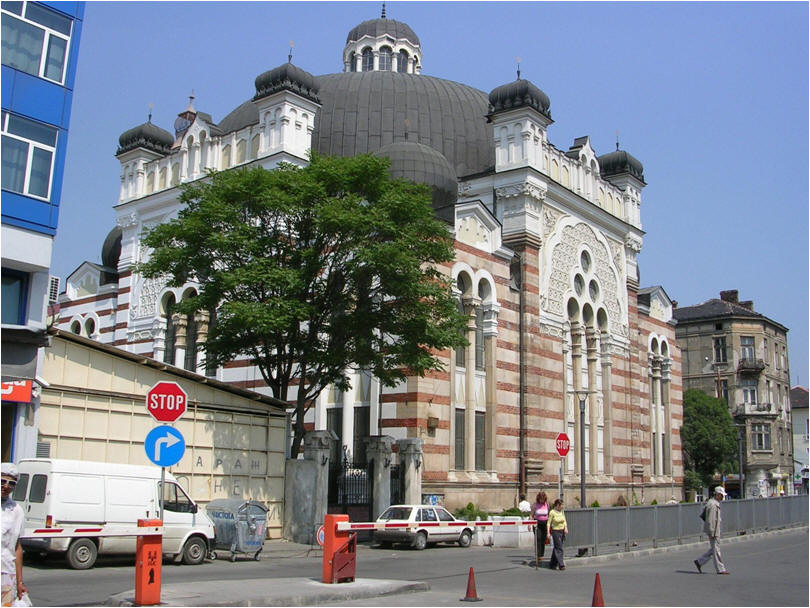
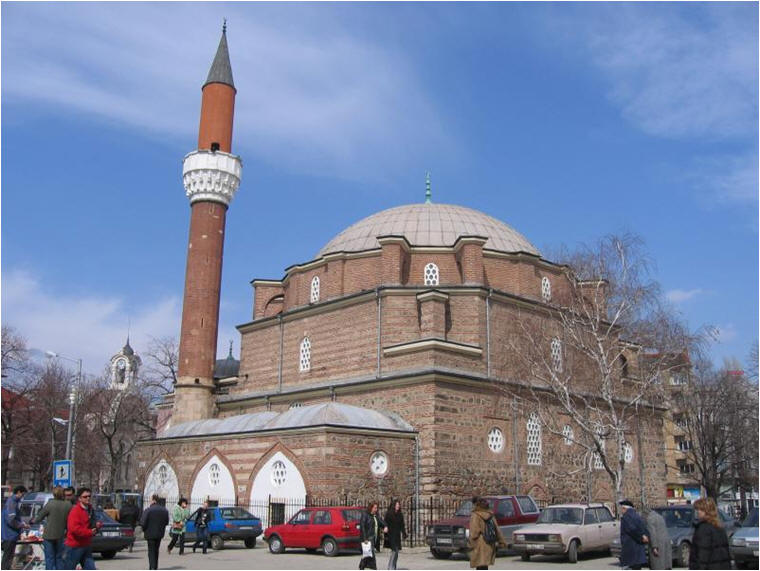
King's College Study Abroad Program
"Geographies of Europe: Sofia-Istanbul"
Summer 2010
For More Information Contact:
Mollie Farmer, Director of the King's College Study Abroad Program
King's College Study Abroad Program website
http://www.kings.edu/Academics/StudyAbroad/index.htm
Bridget Costello, department of sociology at King's College
Cristofer Scarboro, Department of History, King's College
Outside the conveniences of maps and ideas of tectonic plates Europe has never been a fixed space, but rather always resides within the flexible and permeable boundaries of convention. Who belongs to Europe, who is excluded, and the consequences of this demarcation have changed dramatically over time. This course is designed to investigate the creation, transformation and enforcement of these boundaries of Europe. Bulgaria and Turkey provide an important space to come to terms with the question of these boundaries—one country recently added to the European Union, the other, increasingly restively, waiting in line. We will investigate the history and culture of the Balkans as a space where notions of Europe and Asia and Islam and Christianity meet and interact in surprising fashion.
Sofia



Aleksandur Nevski Cathederal Sofia Synagogue Banya Bashi Mosque
Day 1: Fly into Sofia
Day 2: History Museum, Aleksandur Nevski Cathederal, Sveta Nedelia Cathederal,
Day 3: Archeology Museum, Synagogue, Banya Bashi Mosque, Boyana Church,
Questions:
1) What is the narrative created by the exhibition at the National History museum in Sofia? What elements are national? How does this relate to questions of belonging to Europe? What elements of the Thracians are Bulgaria? Which are European? How does one make such a distinction? What are the stakes involved in each claim?
2) What does the memorial cathedral Aleksandur Nevski contribute to understandings of Bulgarianess? How is it distinct from Sveta Nedeliia? What role do the national branches of Orthodox churches play in questions of national identity? How are these understandings complicated in the case of Bulgaria and Aleksandur Nevski?
3) How is Archeology different than history? How are the goals of the Archeology museum distinct from that of the history museum? How does this complicate understandings of nation in the Bulgarian case (when does the Bulgarian nation begin)?
4) How do we write the story of the Banya Bashi Mosque and the second largest synagogue in Europe into the story of Bulgaria?
Rila Monastery
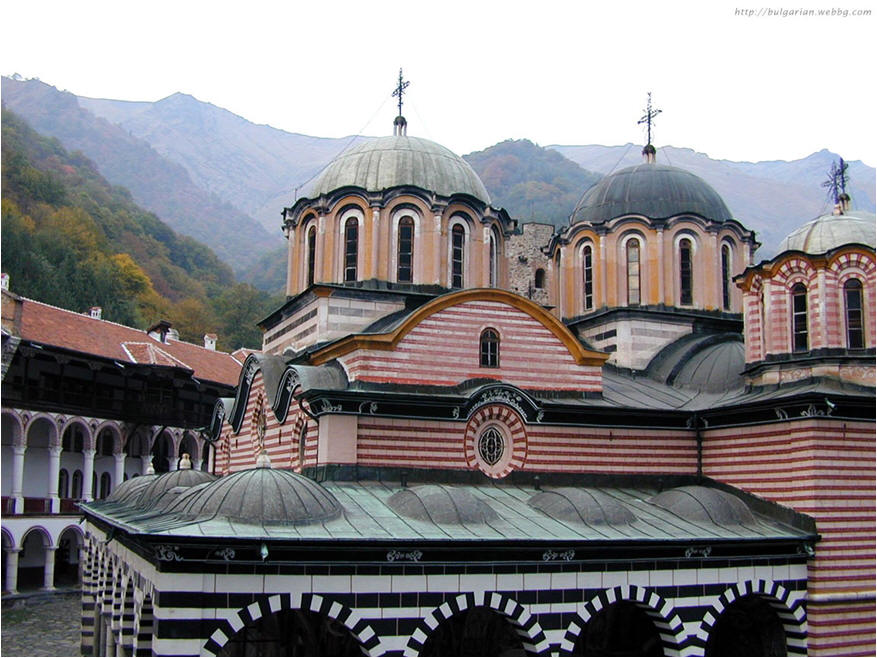
Rila Monastery
Day 4: Rilski Monatsery (Rila)
Questions
1) Rila is understood by most Bulgarians as a repository of national identity (and a place where the “European” nature of Bulgaria survived the “500 year yoke” of the Ottoman Empire). What story does Rilski Monastery tell? How does this frame the understanding of “Bulgarianess”? What are the limits and possibilities of such understandings?
Veliko Turnovo
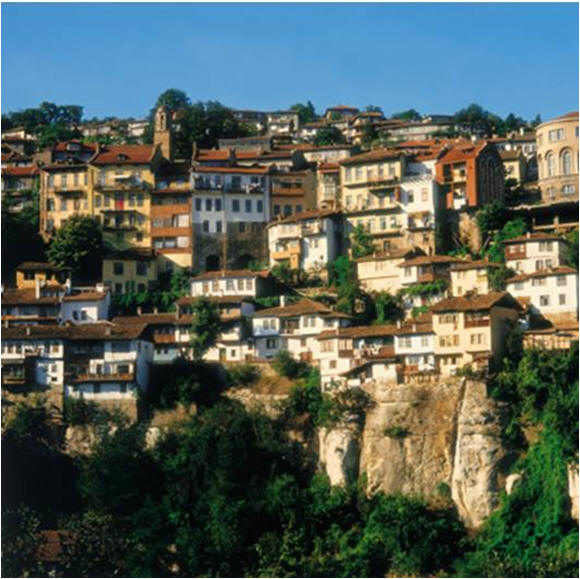
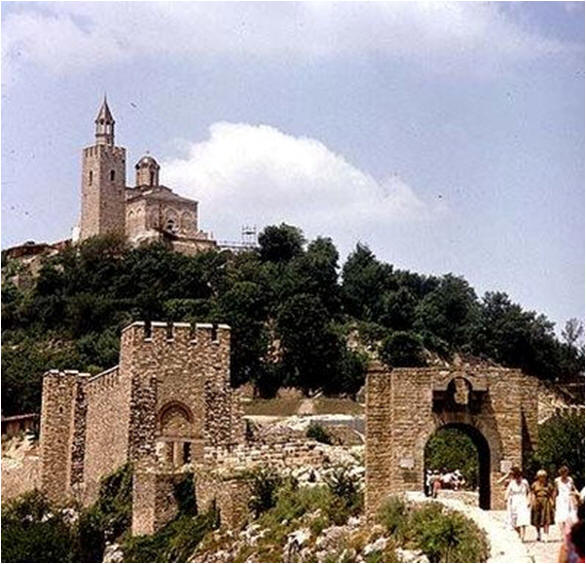
Day 5: Travel to Veliko Turnovo
Day 6: Tsarevets
Questions
1) What is the relationship between the 2nd Bulgarian kingdom and the modern state? Why reconstruct Tsarevets? What ideological work does it do? How are Svetlin Rusev’s frescos in the cathedral relate to Bulgaria’s understood religious tradition (both in the 1980s and today) and the socialist state that commissioned them?
Plovdiv
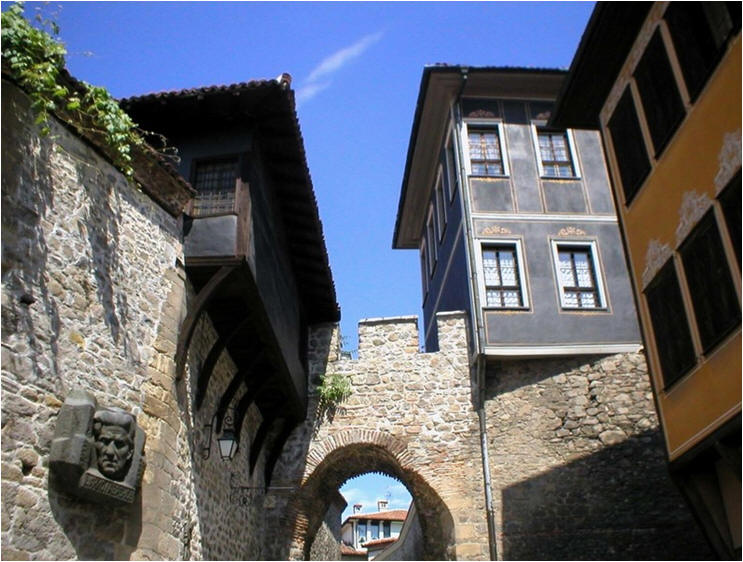
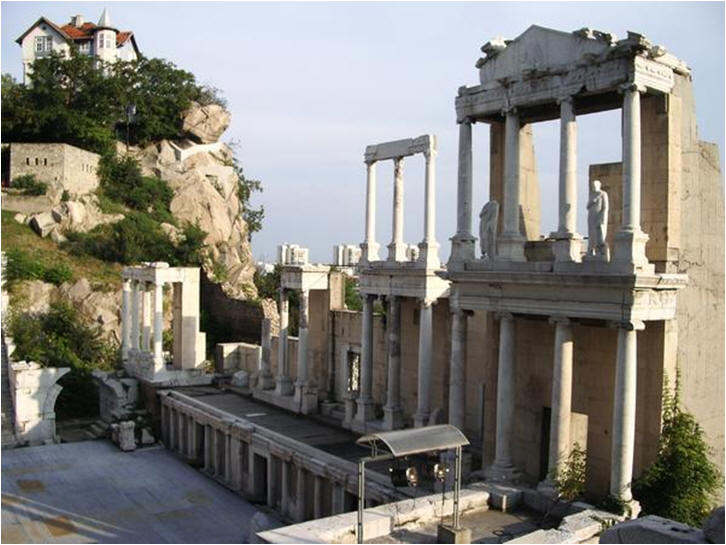
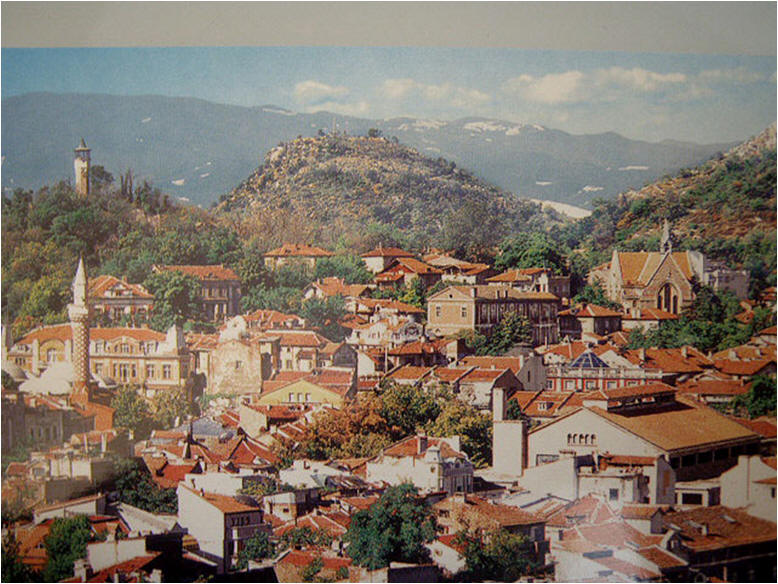
Day 7: Travel to Plovdiv
Day 8: Roman Amphitheater, Stari Grad
Questions
1) How do we understand the Bulgarian Renaissance (represented emblematically by Stari Grad in Plovdiv)? How is it a rebirth? What elements of Bulgarianess had to be eliminated in order for this Renaissance to take place?
2) How are Roman ruins utilized by the current Bulgarian state? How do they contribute to national identity? European identity?
Haskovo
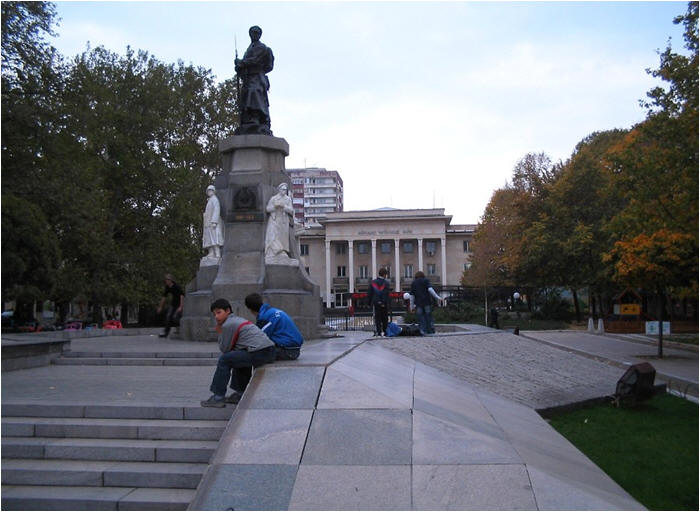
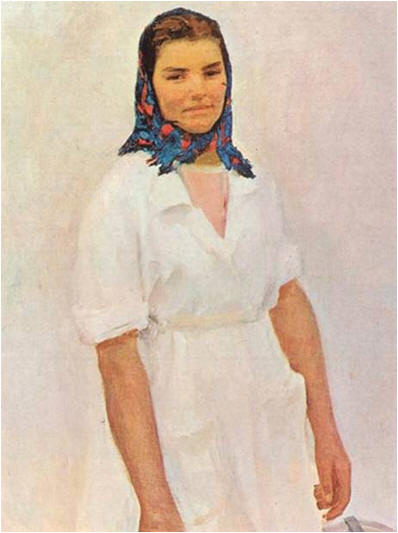
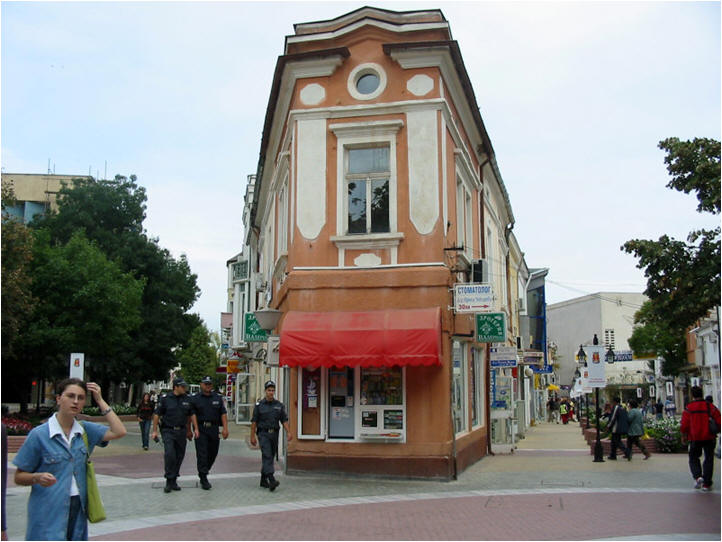
Day 9: Travel to Haskovo
Day 10: Regional Art gallery, Stara Dzhamiia, Nova Dzhamiia
Questions
1) How does the presence of Europe’s oldest mosque (and one built in the 16th century that has been lavishly renovated with Saudi money) complicate, threaten and / or enrich our understanding of Bulgaria as a European space? What are the perils and possibilities of such an understanding?
2) How does the regional art gallery contribute to a Bulgarian aesthetic sensibility? How does this understanding change from the early 19th century to the present? How Bulgarian are the paintings (and how can you tell)? How does one place them in a European continuum? What role does socialist realism play?
Edirne
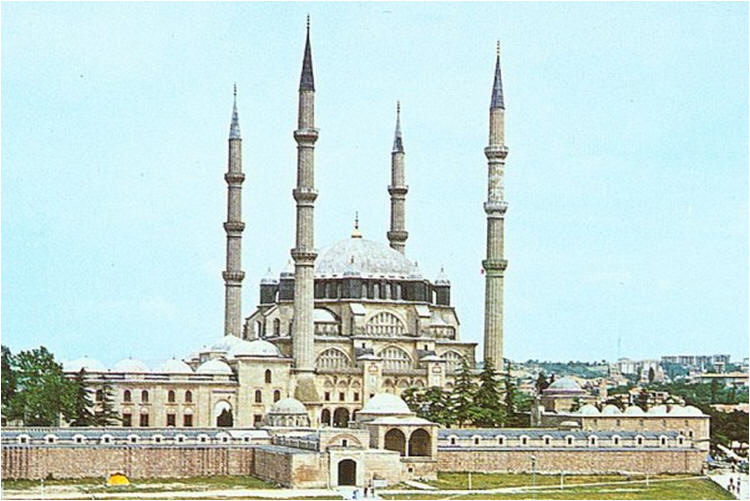
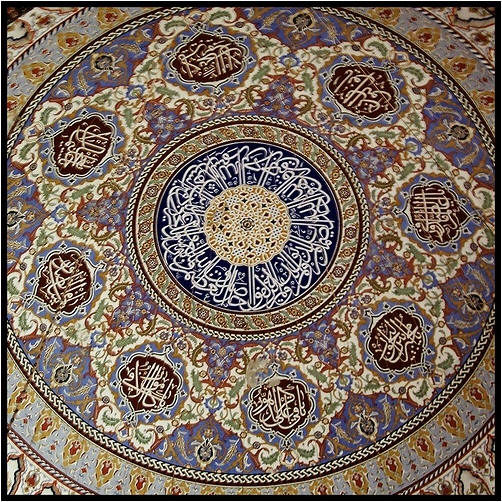
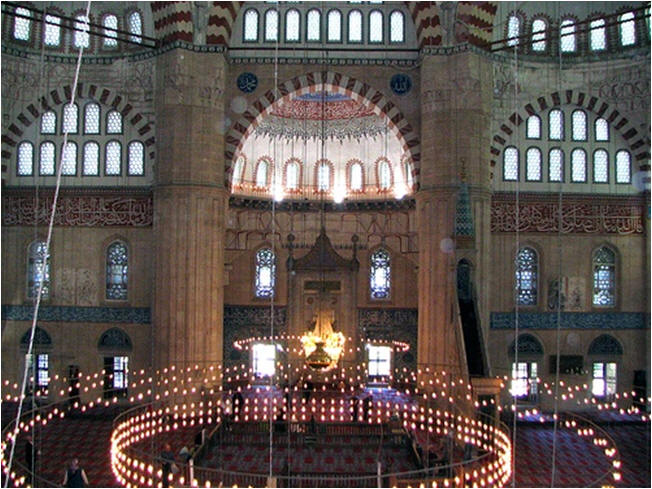
Day 11: Travel to Edirne
Day 12: Selmiyie Mosque
Questions
1) What was the impact of crossing from Bulgaria to Turkey? How would you describe the frontier?
2) The Selmiyie Mosque is often considered the greatest of Sinan’s mosques. Why would the empire place it in Edirne? How is a symbol of imperial power and control? How is it similar to the churches, mosques and synagogues that we visited in Bulgaria?
3) How do you know that you are in Turkey and not Bulgaria? Are you in Europe or Asia? Where were you in Bulgaria?
Istanbul
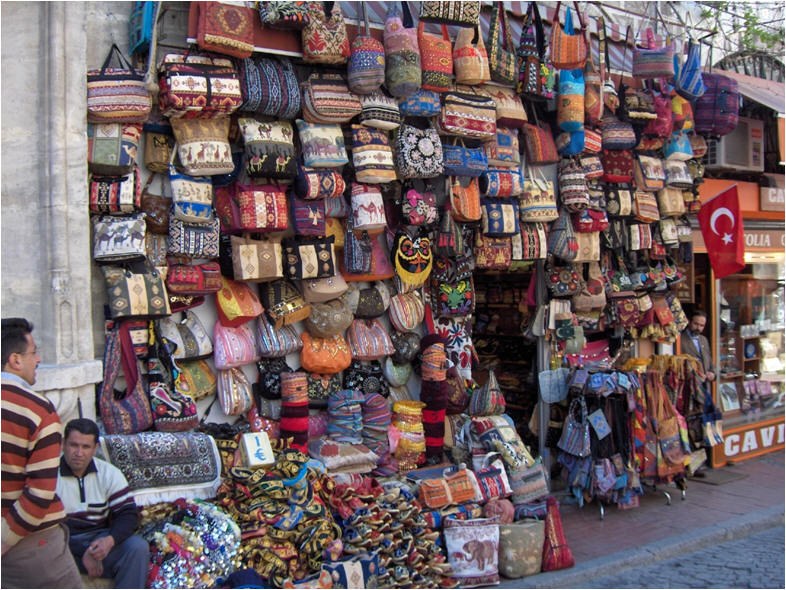
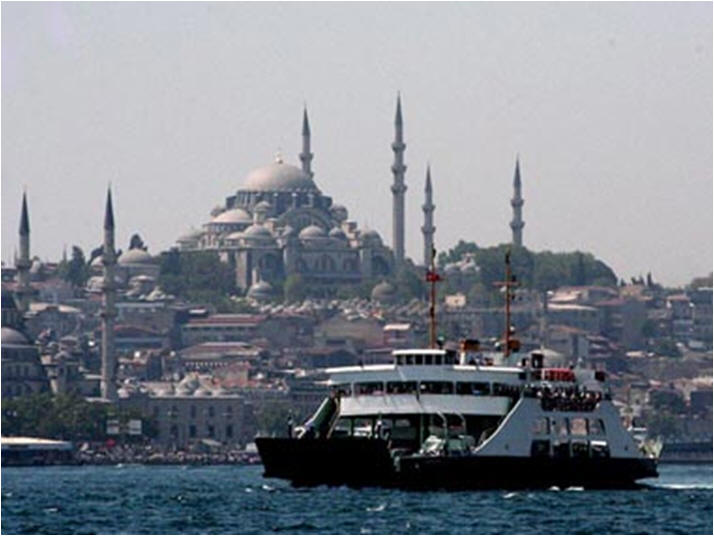
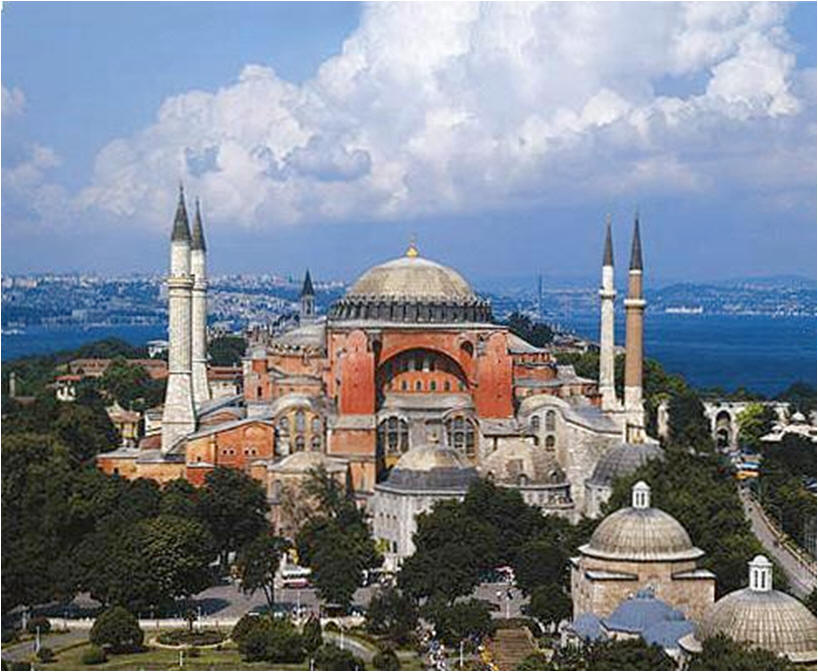
Day 13: Travel to Istanbul
Day 14: Hagia Sophia, Blue Mosque, Archeological Musuem
Day 15: Ferry to the Black Sea
Day 16: Sultanhammet and the Grand Bazaar, Istanbul Art Museum
Questions
1) What story should we tell about Hagia Sophia?
2) How does the Blue Mosque transform Sultanhammet? How does it write the area into European narratives? Ottoman narratives?
3) How is the story of the Archeological museum in Istanbul different than that in Sofia? How does this complicate and expand our understandings of “Europeaness”?
4) How is the art museum in Istanbul different from that in Haskovo? What stories were each of the galleries hoping to tell?
5) The Bosporus is the geographical boundary between Europe and Asia? How does one experience this border? What is the difference between the Asian and European side? How would you draw the border of Europe?
Day 17: Return to Sofia
Day 18: Return to New York